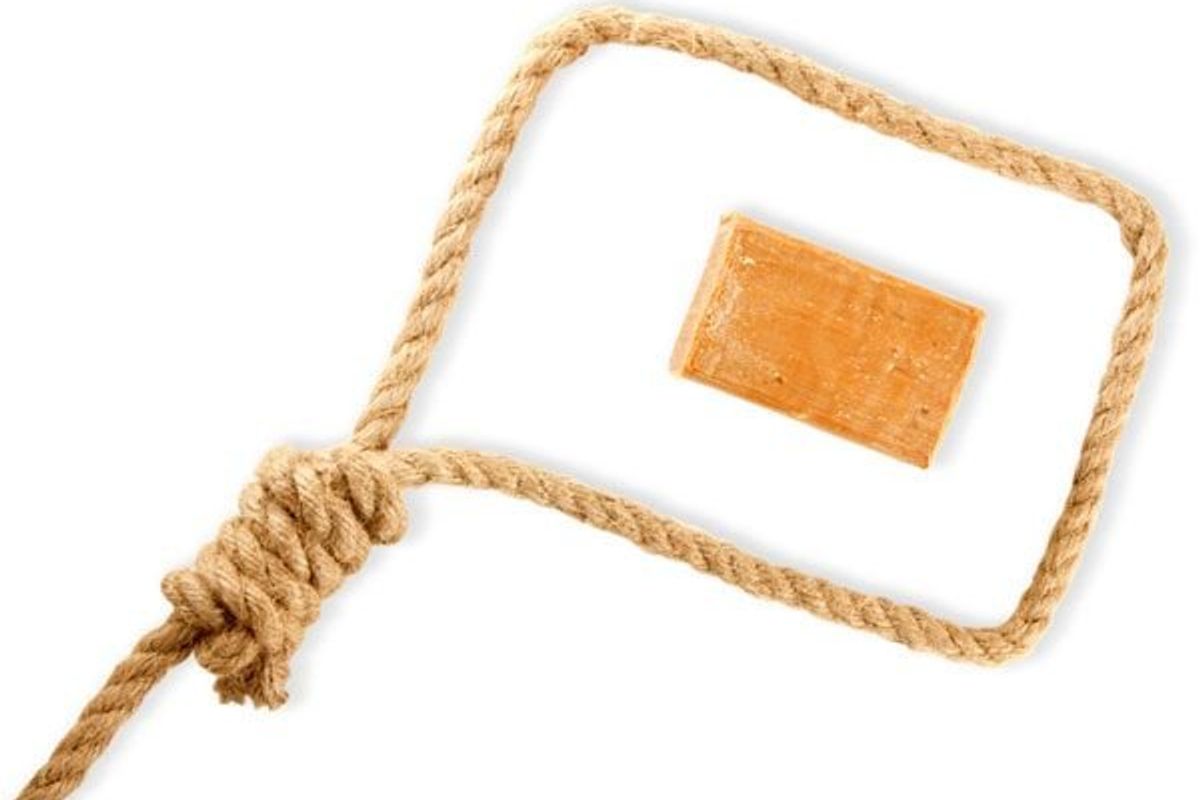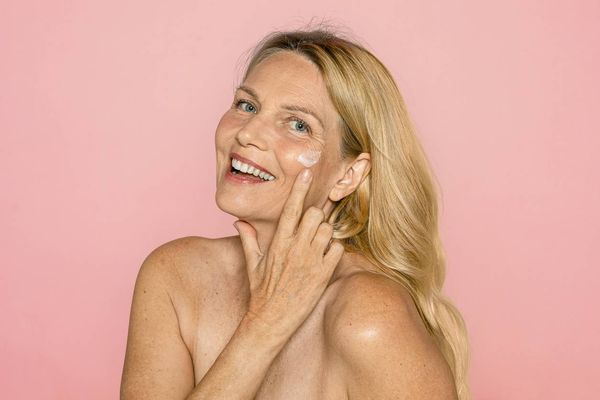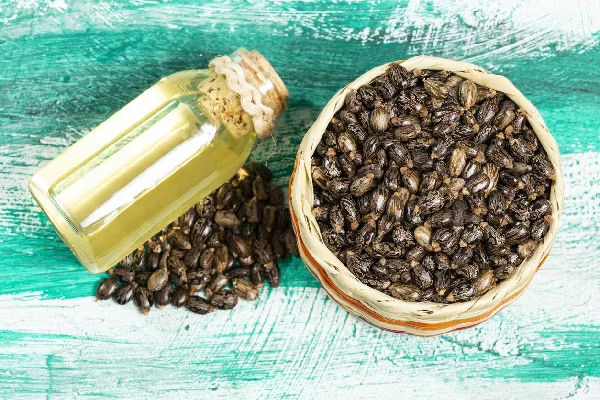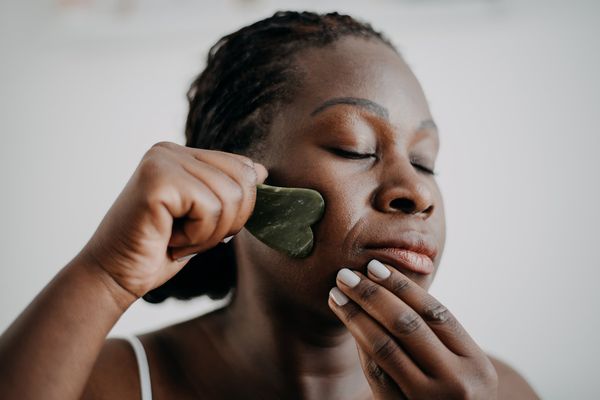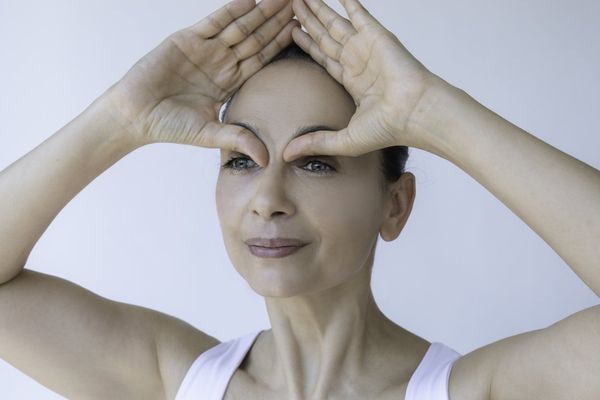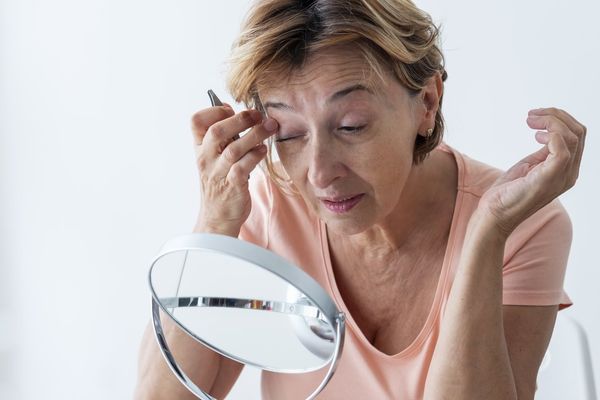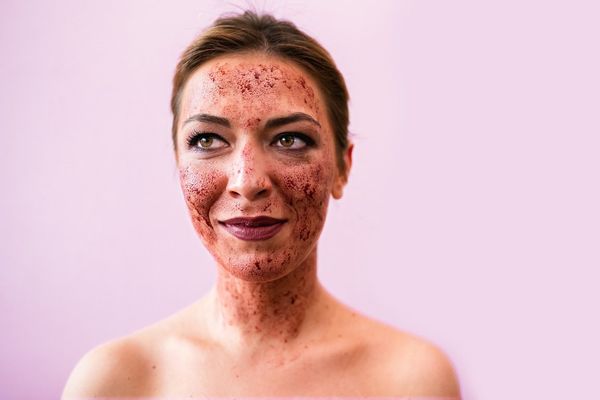Many of the products we use to get clean—soaps, facial cleansers and body washes—might actually be doing us more harm than good.
One of the main ways your body acquires nutrients, other than eating, is transdermally— through the skin. Your skin is your largest organ—22 square feet on average—and 60 percent of the substances you put on it are eventually absorbed into the bloodstream. This semipermeable membrane allows us to absorb vitamins and minerals, but, unfortunately, it absorbs harmful chemicals we put on it, too.
Chemicals in common soaps are no joke. They can disrupt our hormones, promote allergies, lead to reproductive issues and increase risk of some cancers. With serious side effects like these, we need to be particular about what we put on our skin.
Here are four chemicals I watch out for when buying soap (and you should, too):
Fragrance. Bottom line: If the ingredient is vague, it’s probably hiding something. “Fragrance” could actually be a cocktail of chemicals and you’d never know it. The FDA doesn’t require companies to disclose the breakdown of a fragrance’s ingredients to consumers because the chemicals that produce fragrance are considered “trade secrets.” Most of the time, synthetic chemicals and cancer-causing toxins (like phthalates, used to make fragrances last longer) are hiding under that one sneaky term. Constant exposure to fragrances has been shown to negatively impact the central nervous system and can trigger allergies, migraines and asthma symptoms.
Parabens. These ingredients are estrogen mimickers—meaning that once applied to the skin, they enter the bloodstream, and the body mistakes them for estrogen. When the body thinks there is an abnormally high amount of estrogen present in the bloodstream due to the presence of these hormone disrupters, it reacts in various ways: decreasing muscle mass, increasing fat deposits, causing early onset of puberty and spurring reproductive difficulties in both men and women.
Sulfates. These chemicals are used to produce lather and bubbles in soap. Some common sulfates are SLS (sodium lauryl sulfate) and SLES (sodium laureth sulfate). Sulfates strip the skin of its natural oils and increase penetration of the skin’s surface. They are also irritants for people with sensitive skin or eczema.
Triclosan. This chemical is most often found in antibacterial soap. Recent studies have found that triclosan actually promotes the emergence and growth of bacteria resistant to antibiotic cleansers. It also creates dioxin, a carcinogen that has been found in high levels in human breast milk. Dioxins have disruptive effects on the endocrine system and negatively affect thyroid functions. And here’s a fun fact: dioxin is the primary toxic component of Agent Orange!
Think about it. If we are washing our bodies with soap that contains harmful ingredients every single day, this adds up over a lifetime to wreak havoc on our health.
With minimal government testing on these chemicals, it becomes up to us, as smart consumers, to make informed decisions as to what does and doesn’t go on our skin.
Improve your overall health by choosing high-quality soap and body wash free of these four hormone-disrupting toxic additives. Make the switch and both your skin and your body will be thanking you.
Erin Zaikis is the founder of Sundara, a soap company with a mission to do good. Proceeds from Sundara's organic, sulfate-and-paraben-free soap are used to fund hygiene projects for children in underserved areas of Haiti, India and Ghana.

